The Algarve Beyond the Beaches: A Guide to Its Rugged Coastline and Charming Towns
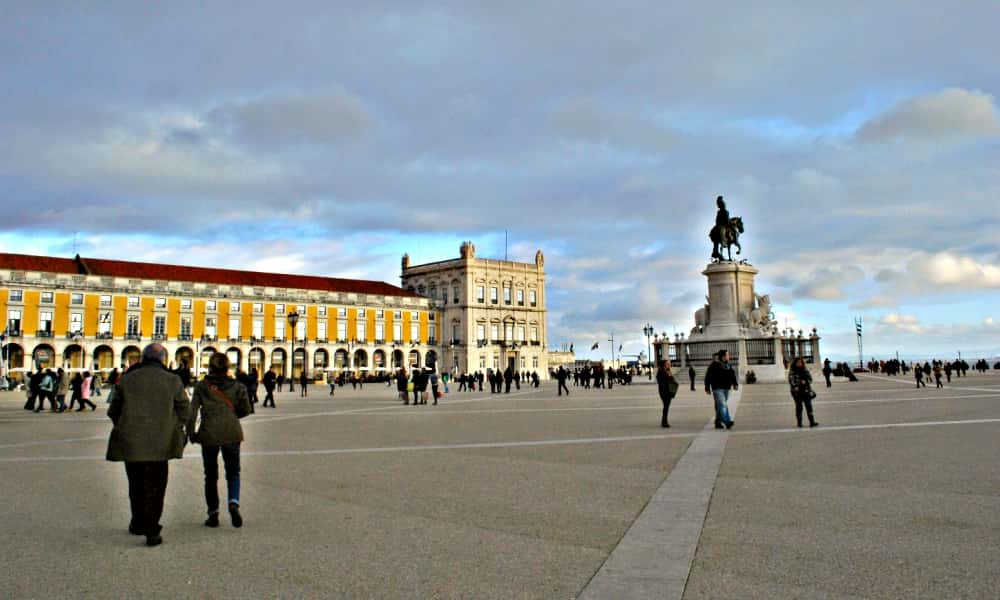
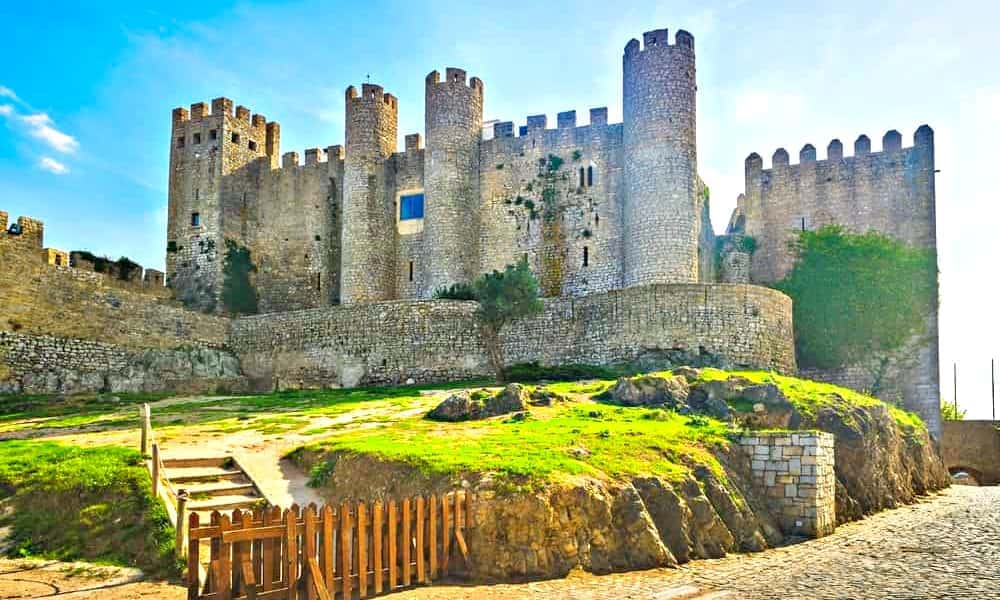
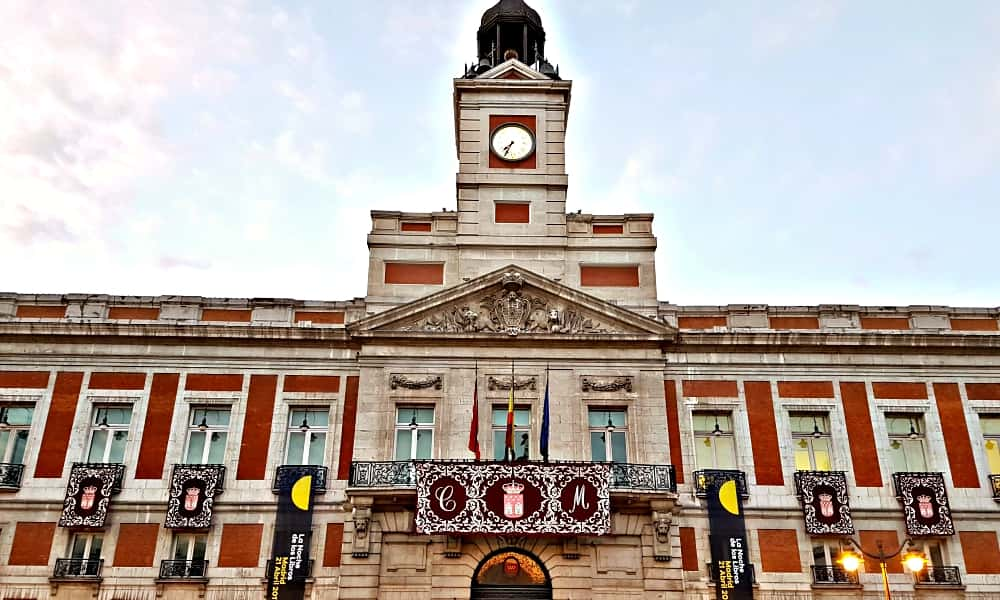
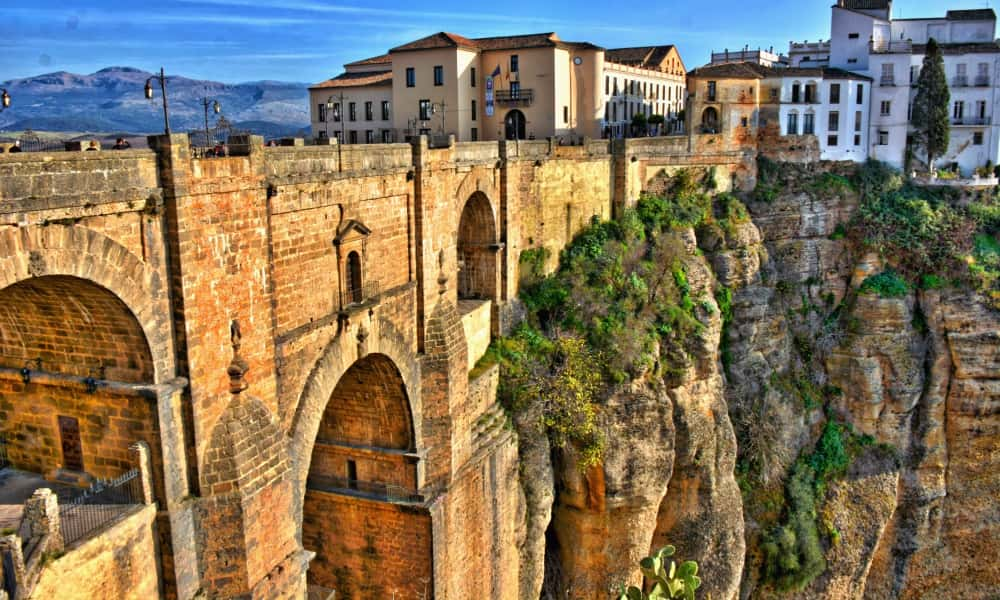
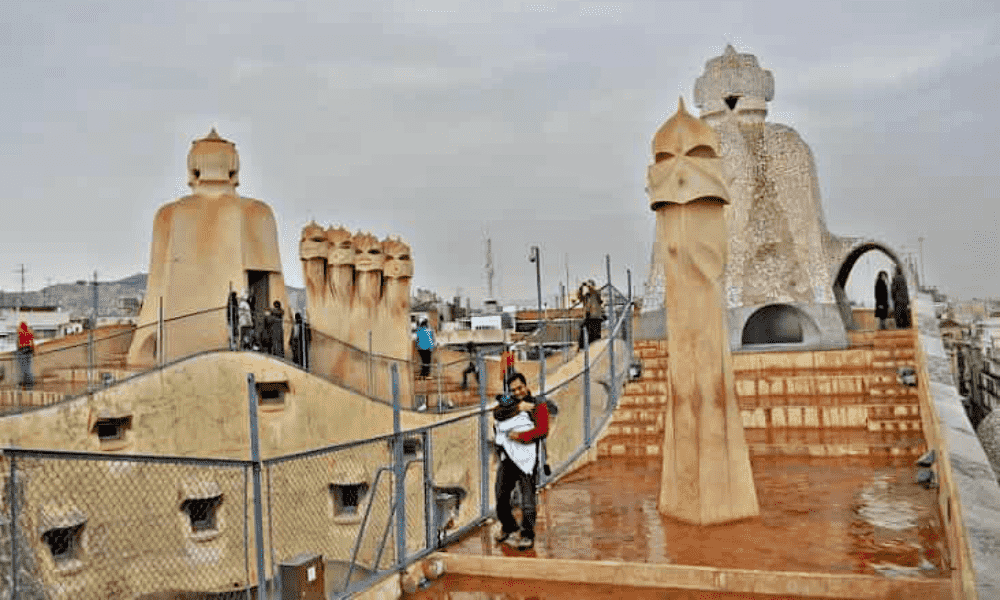
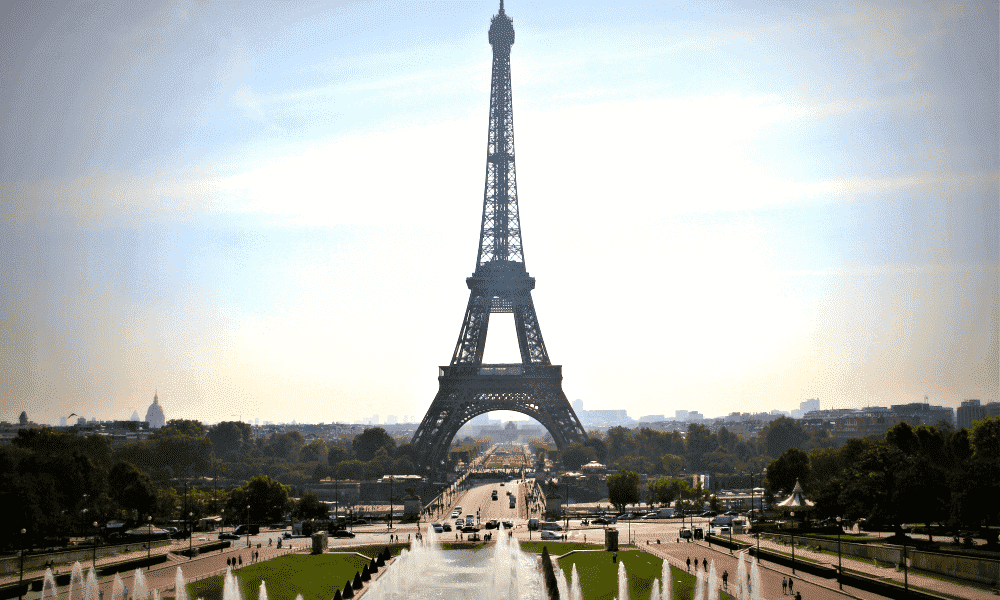
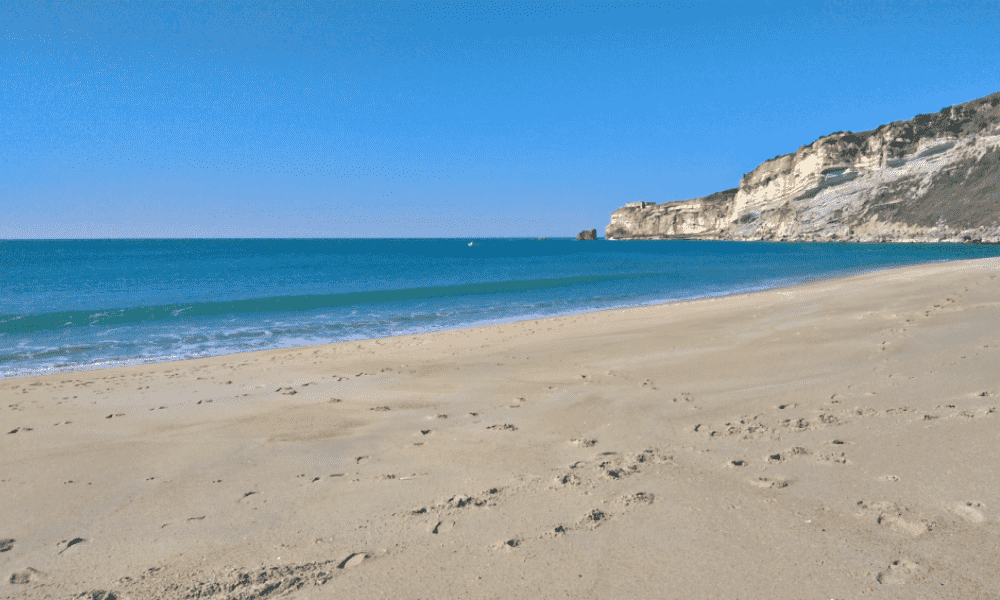
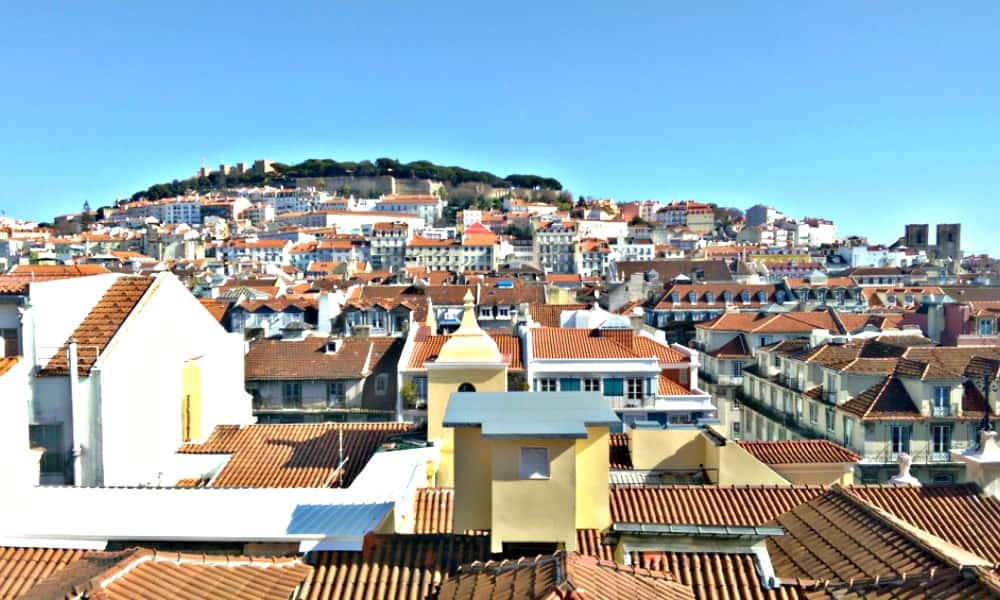
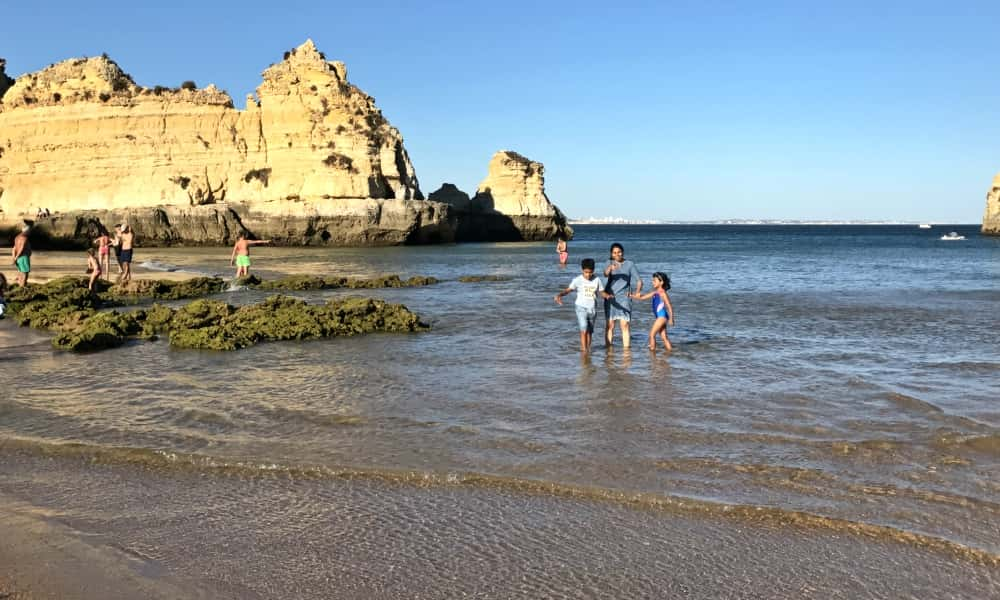


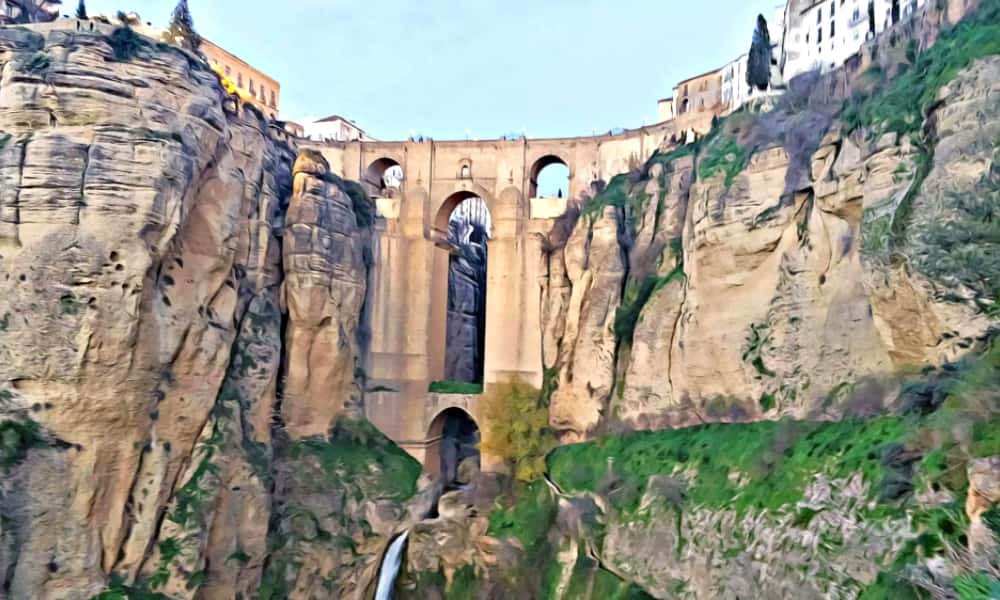

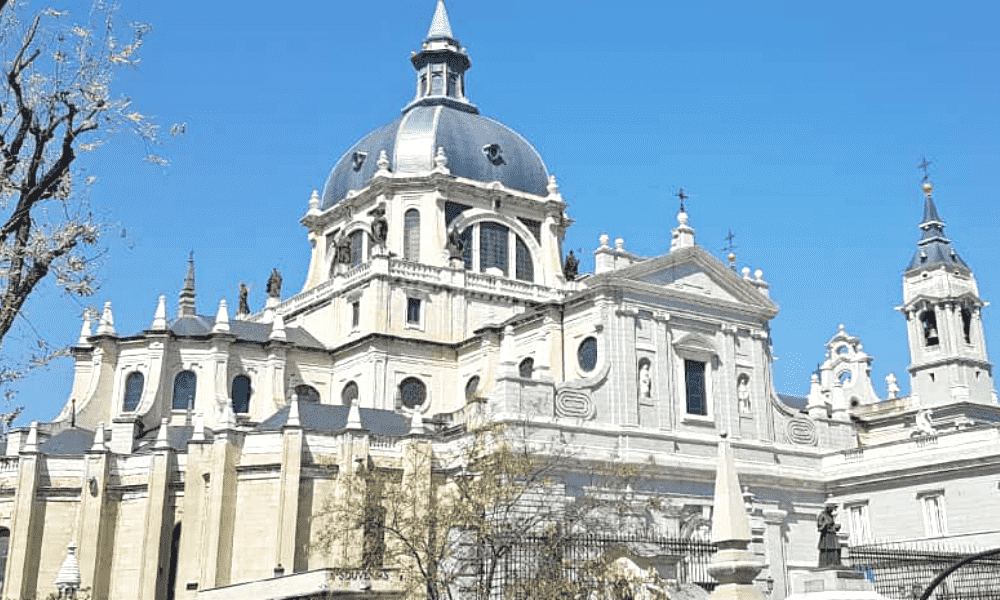

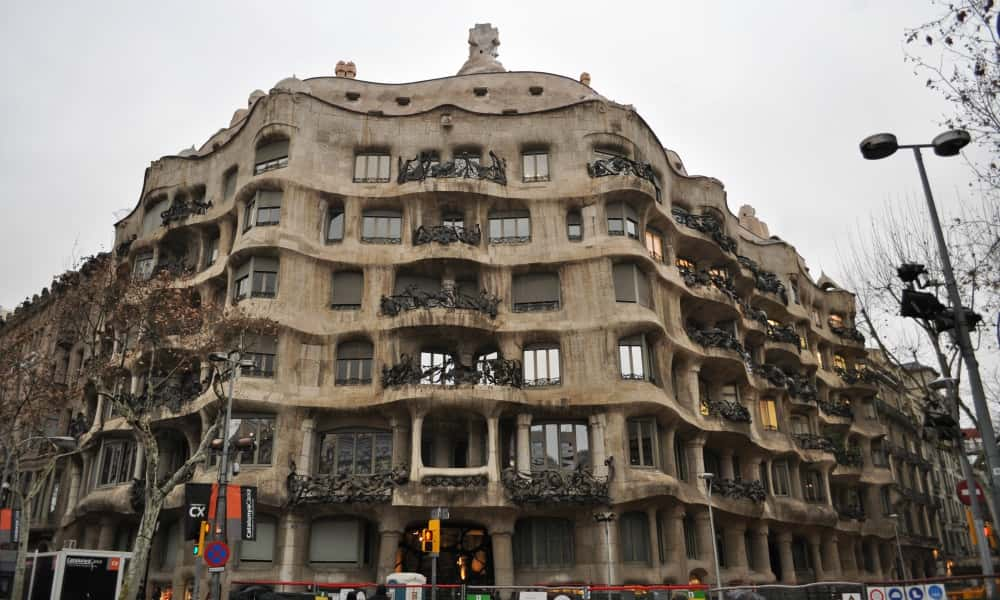
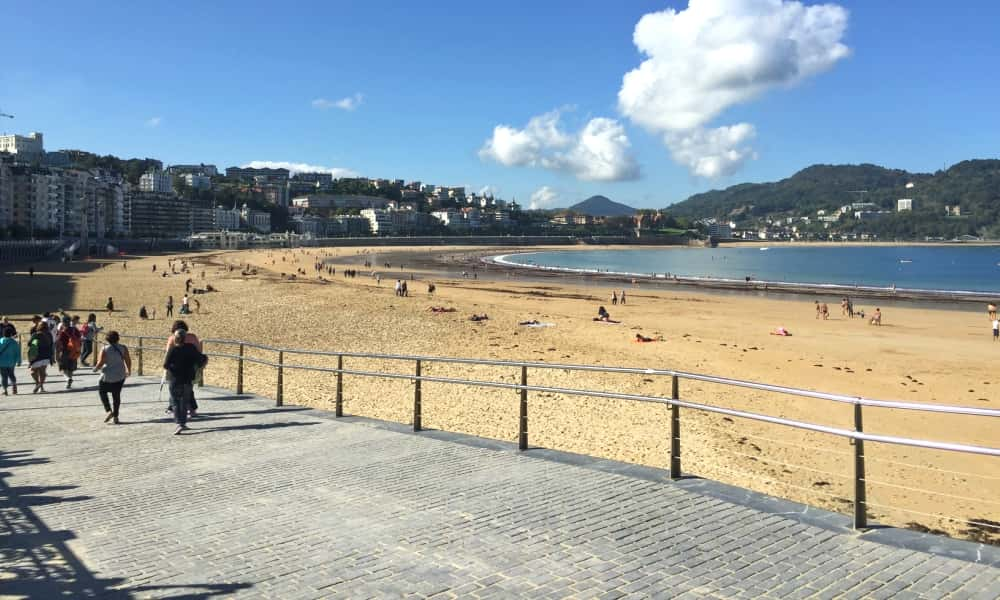
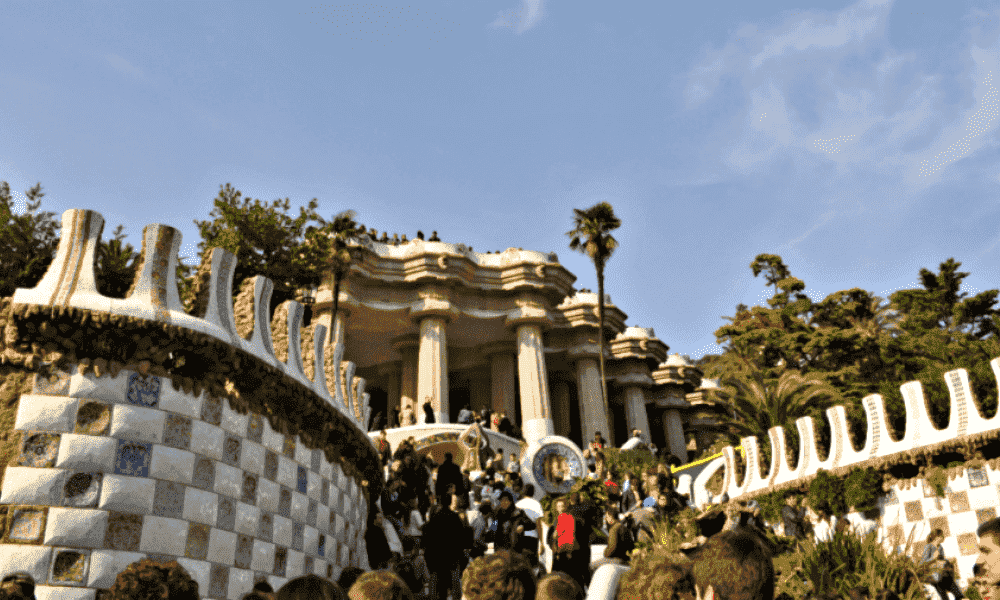

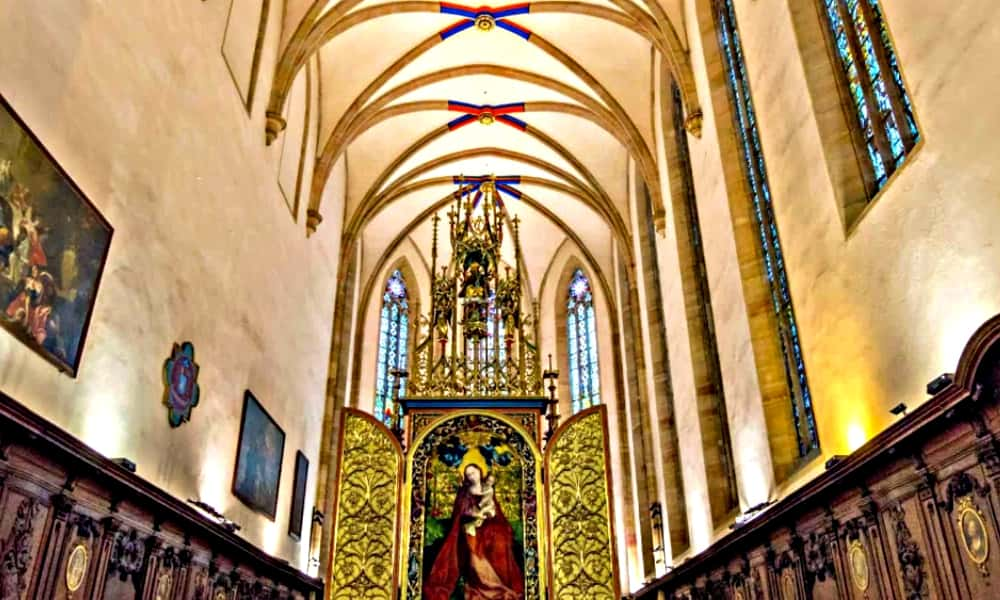
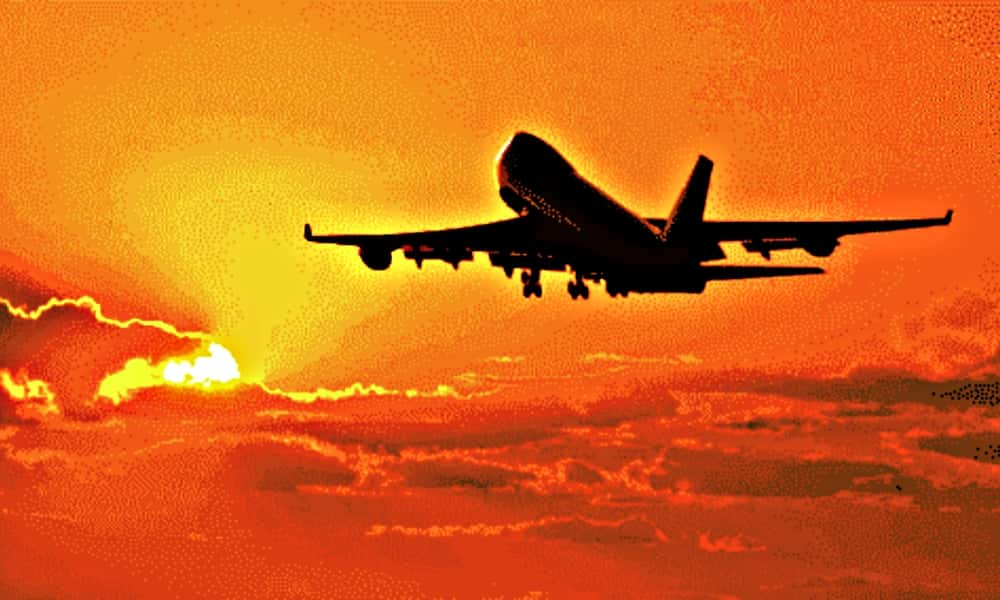
The optimal time for Paris (a must have for the first timers) itself depends a lot on your personal interest, but most find three days is enough for covering the highlights of Paris along with Versailles. But, if you would like to visit Disneyland and are into museums or shopping, then you'll need around 4-5 days.
With less time and especially for first timers, a well-rounded trip including Paris and one of the regions is still possible in a week-long trip. However, with some stretch you might be able to visit two regions along with Paris - especially if you're willing to forego time in Paris to see more of the country. And of course, if you really want to understand why France is one of the most visited country in the world - then keep two weeks or more and you will have no shortage of things to see and do.
However, the best time to visit really depends on the choice of places and of course the nature of experiences you prefer. In general, sprind time (April-May) and autumn (September-October) is a great time to be in southern part of France - especially around French Riviera and the Bordeaux region unless you really like to tan yourself in the beachside during summer months. Christmas is a wonderful time to visit Alsace region as some of the best Christmas markets in Europe are at Colmar and Strasbourg. As always, a city like Paris is always a good idea irrespective of the time of the year.
It is always a great idea to consult locals while planning your trip as they can help you choose the right experience and feel free to take advise from Catterfly destination experts to customize your trip to France.
We recommend trying out a stay in the countryside for an authentic local French experience as well, and one can choose from staying in vineyards to the small villages adjoining the main cities, or even some boutique luxury properties bit removed from the rush of the big towns. However, it is easier to consider staying in these properties if one is driving around as the local transport network in the countryside may not be very frequent to visit all the places in your itinerary.
Typically one doesn't need to rent a car to drive around within the city as the local and tourism transport network is quite well established in most places, however for traveling around the base locations like Bordeaux, Nice - its recommended to drive around as the public transport network may not be that easy to manage for many travelers who are visiting from outside of Europe.
Daily expense budget is a difficult one to answer as every traveler has their own unique style and depends on the overall itinerary, choices around accommodation, sightseeing and logistic. It also depends on how many people are traveling together - but for two people traveling together (and sharing the accommodation), an average budget of 125-150 euros per day per person is normal to cover the cost of accommodation, sightseeing and internal transits. It will typically cost around 20-30 euros in meals per person per day unless you plan to splurge in fine dining restaurants.